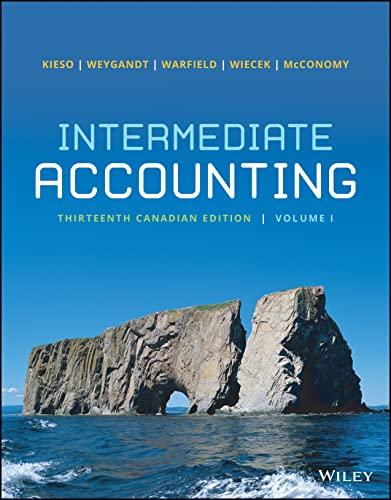
12. The effect of transactions on ratios Aa Aa E You've been asked to tutor Adaira, a finance student who doesn't feel comfortable about her understanding of the relationship between a company's business activities, its financial accounts, and the company's financial ratios. To better appreciate these relationships, you've created the following exercises for Adaira to complete. The purpose of these exercises is to help Adaira (1) understand the effect of business transactions on financial statement-such as balance sheet and income statement-accounts and (2) how these changes in the numerators and denominators of financial ratios affect the ratios' values. However, before using these exercises in your tutoring session later today, you'll want to run the calculations on the following two business transactions, to verify the accuracy of your answers. To provide a consistent frame of reference for the company's financial statements and ratios, assume that the following balance sheet and income statement reflect the company's pretransaction condition and performance. Lancashire Railway Co.'s Pretransaction Statement of Financial Condition Cash $15,000 Accounts payable Marketable securities 10,000 Wages payable Accounts receivable 470,000 Taxes payable Inventory 500,000 Notes payable Prepaid expenses 5,000 Total current liabilities Total current assets 1,000,000 Long-term debt Total liabilities Gross plant and equipment 1,500,000 Common stock Accumulated depreciation 500,000 Capital paid in excess of par Net plant and equipment 1,000,000 Retained earnings Total equity Total assets $2,000,000 Total debt and equity $20,000 20,000 10,000 50,000 100,000 500,000 600,000 150,000 350,000 900,000 1,400,000 $2,000,000 Lancashire Railway Co.'s Pretransaction Statement of Financial Performance Sales $5,000,000 Less: Cost of goods sold! 2,000,000 Gross profit 3,000,000 Less: Operating expenses 600,000 Operating profit (EBIT) 2,400,000 Less: Interest expensez 33,000 Earnings before taxes (EBT) 2,367,000 Less Tax expense 828,450 Net income $1,538,550 Cost of goods sold equals 40% of sales. Interest expense equals 6% of the combined notes payable and long-term debt balances. The average federal and state tax rate is 35%. Business Transaction 1 Lancashire Railway Co. (Lancashire) sells $165,000 of merchandise on credit Ratio's Behavior Check if the Account Is Affected by the Specified Transaction Financial Account Retained earnings Sales Accounts payable Accounts receivable Inventory Financial Ratio Inventory turnover ratio Quick ratio Times interest earned Market-to-book ratio Debt ratio Price-to-earnings ratio , OO Cash Business Transaction 2 Lancashire Railway Co. (Lancashire) switches from holding an available inventory to a just-in-time inventory system, thereby reducing its inventory by 80.00%. Check if the Account Is Affected by the Specified Transaction Financial Ratio Ratio's Behavior Debt ratio Financial Account Common stock Total assets Return on assets Inventory turnover Accounts payable Prepaid expenses Quick ratio Average collection period Inventory Fixed assets turnover








